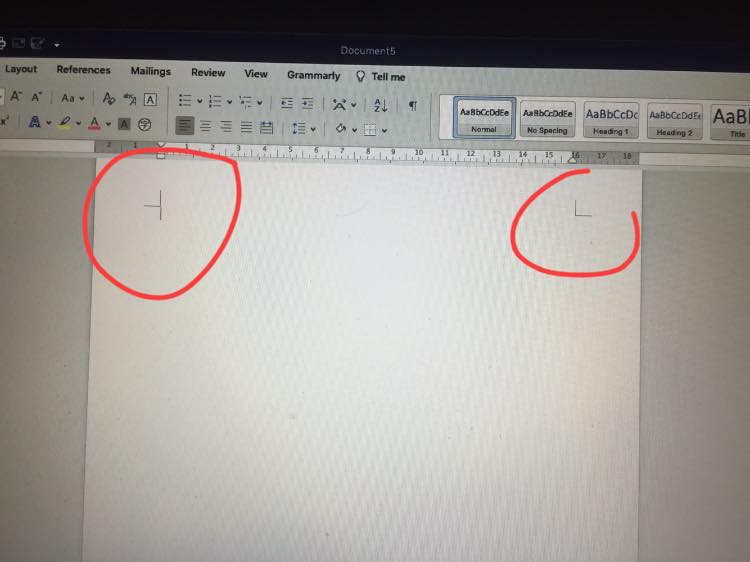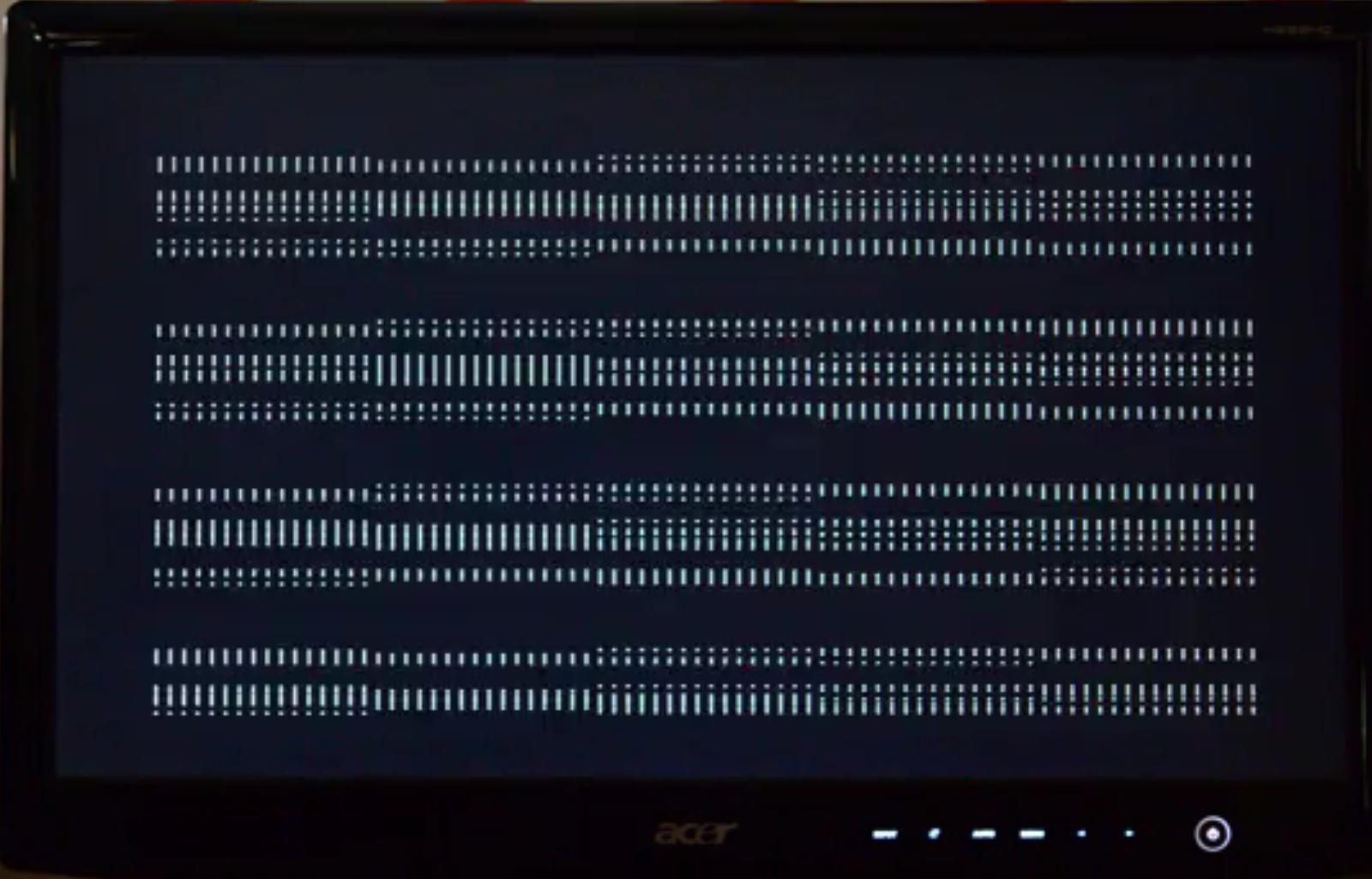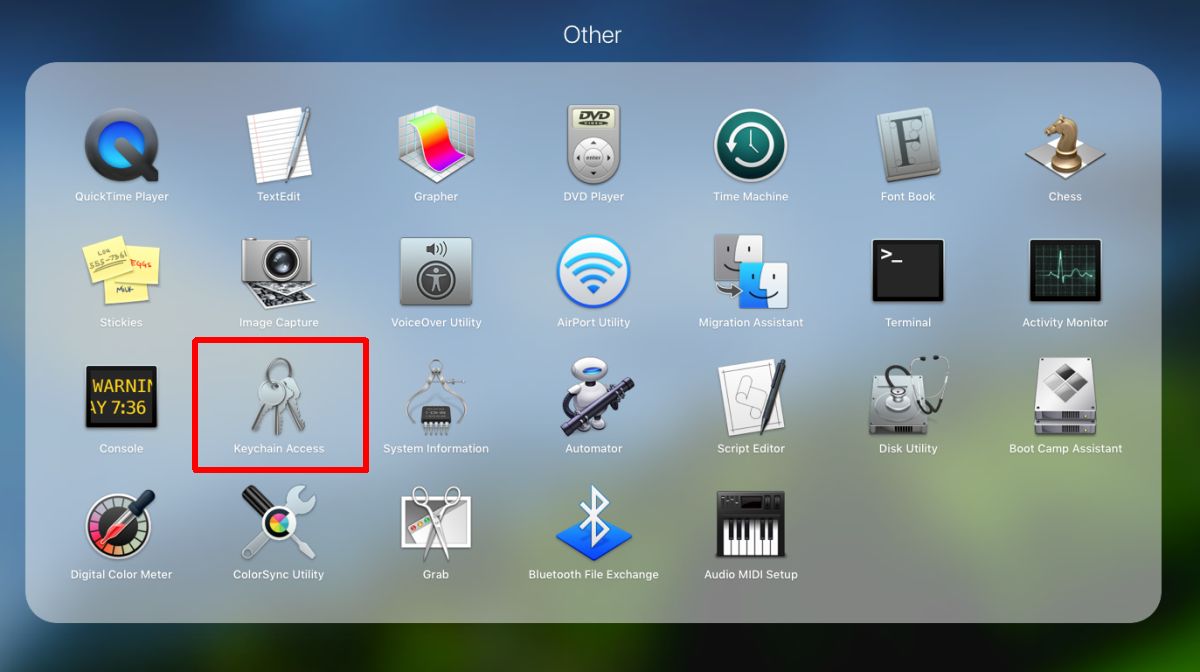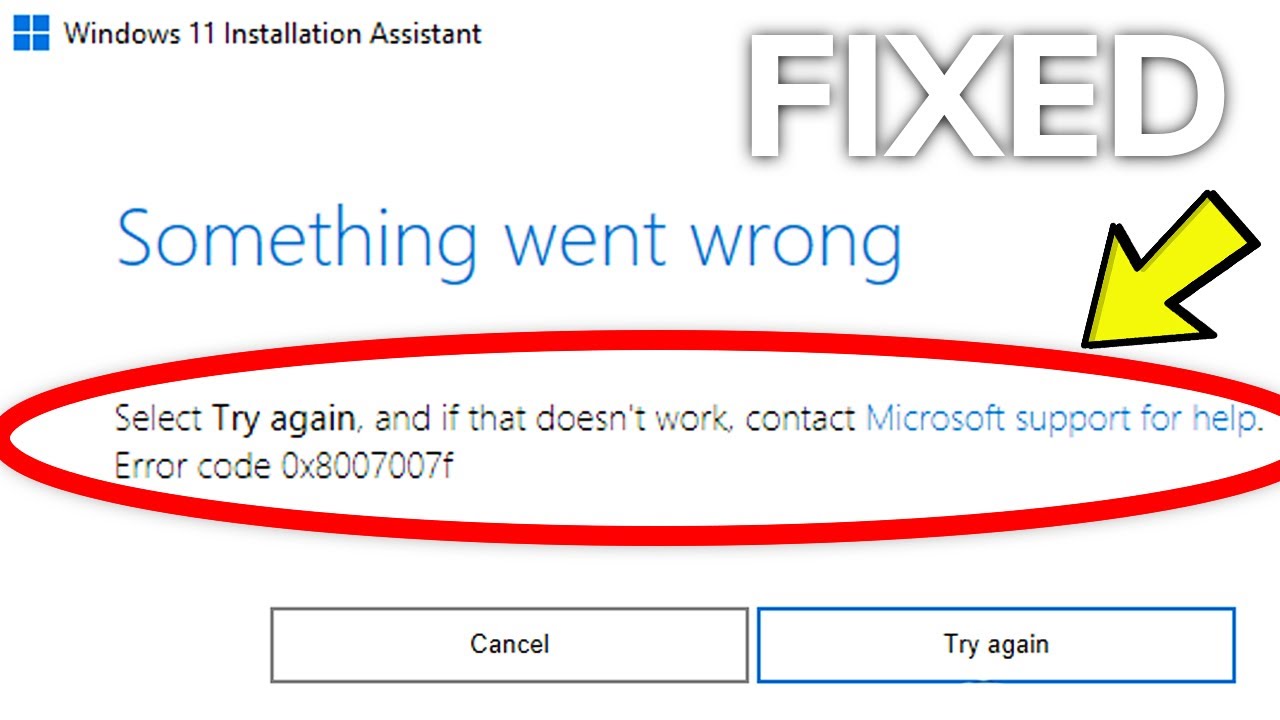Google suffers global outage: Gmail, YouTube and most other services down
Google users could not access their mail and other services such as Google Docs. Some users could not even log in. Error was due to lack of storage space in authentication tools causing system to crash
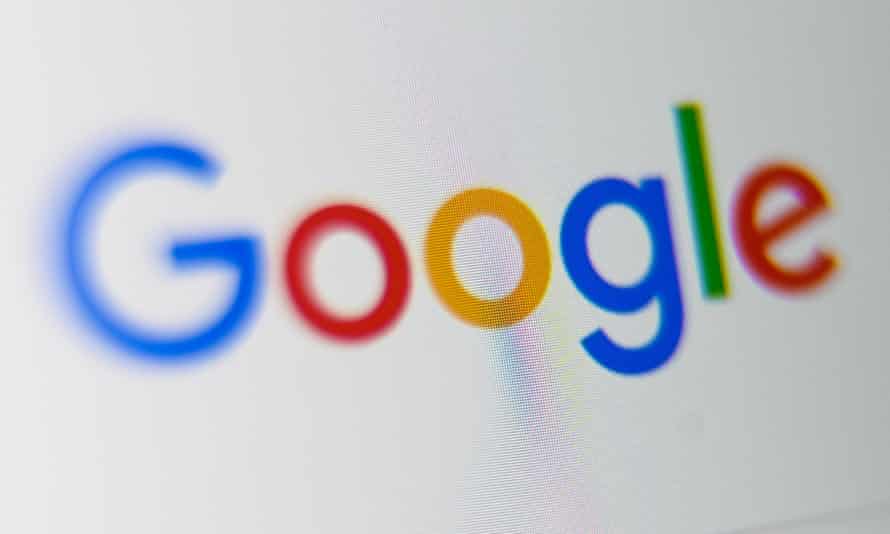
The outage appears to be related to the company’s authentication tools. Photograph: Denis Charlet/AFP/Getty
Table of Contents
What causes the worldwide outage?
The outage was caused by a failure in the company’s authentication tools, a Google spokesperson said, which manage how users log in to services run by both Google and third-party developers.
“Today, at 3.47am PT, Google experienced an authentication system outage for approximately 45 minutes due to an internal storage quota issue,” the spokesperson said.
“Services requiring users to log in experienced high error rates during this period. The authentication system issue was resolved at 4:32am PT. All services are now restored. We apologise to everyone affected, and we will conduct a thorough follow-up review to ensure this problem cannot recur in the future.”
The root cause of the error, according to the spokesperson, was the company’s internal tools failing to allocate enough storage space to the services that handle authentication. When that storage filled up, the system should have automatically made more available; instead, it seems it didn’t, which meant the system crashed, just like a desktop computer does when it tries to operate with a full hard drive.
That failure caused tools that do not work without logging in, such as Gmail and Google Calendar, to be unavailable entirely. Third-party services that use Google’s authentication platform continued to be accessible for users who were already logged in, but failed when users tried to sign in or out of the service.
What is the impact?
Services such as YouTube failed entirely for users who were already signed in to a Google account, but could be accessed in a “private browsing” mode in order to view the signed-out version of the site, which continued to work.
The outage severely disrupted services for many workplaces. Google Suite, one of the services affected, manages not only email communication, but also intra-office messaging through the Chat and Meet services, and actual work through Google Docs, Sheets and Slides.
Even those who use other services experienced problems. Some workers reliant on Slack, for instance – the Salesforce-owned chat app – could only talk to colleagues who were already logged in at the time of the outage, unless they had set up a username and password on Slack itself.
For those working from home, the outage affected Google’s Smart Home services, including the Google Home smart speakers and the Nest thermostats and smoke alarms. While they operate in a fail-safe mode, users cannot access the services through an app to change their settings.
The widespread failures caused many to highlight the risks of digital concentration, where an outage at a single company takes down a substantial proportion of online activity. Adam Leon Smith, a fellow of BCS, the Chartered Institute for IT, said: “People are sat in the dark unable to turn on their lights controlled by Google Home, my last two meetings have been unable to use the planned slides as they are stored in Google Slides. Our dependency on technology has grown so much, but the amount spent on reliability, testing and quality hasn’t grown in parallel. Many companies will be reviewing their [agreements] with Google today and realising their business is dependent on a stack completely outside of their control.”
The Google outage follows a significant failure at Amazon in late November. There, the company’s Virginia data centre failed for almost 90 minutes, taking down not only Amazon itself for most American users, but also many other services and websites that rely on AWS, the company’s cloud computing arm. Companies including the photo-sharing site Flickr, the Podcasting service Anchor, the streaming service Roku, and the logistics business Shipt were affected by that outage. So too were a number of Smart Home services, including Roomba, which left some unable to even vacuum their homes while they waited for their work to come back online.
Left in the dark by smart lighting
The widespread failure of Google services revealed to many the extent to which they rely on the company for basic tasks. The company’s smart home services were some of the first to cause real problems: users who had rebuilt their homes around voice commands found themselves unable to turn on the lights thanks to a failure of Google Home and Google Assistant, while those with the company’s Nest thermostats were unable to control their home’s heating with an app, as they had become used to doing.
Also lost were the security cameras sold by Nest, which rely on Google’s servers to stream footage to users’ phones. The outage may have been concerning for those fearing a poorly timed home invasion, but was more alarming still for the many parents who have adopted Nest’s indoor security cameras as a smart baby monitor. The service’s features, including wifi video streaming and motion detection, are perfect for use as a monitor when the system is working – but failed when Google’s servers went down.
Schoolchildren were marginally less upset to learn of the outage: Google’s Classroom service, which ties together the company’s products for schools, failed along with everything else, leading at least one Michigan school to declare a 21st-century equivalent of a snow day, giving pupils the day off once they had missed the window for getting everyone online at once.
Source: Nate Lanxon


